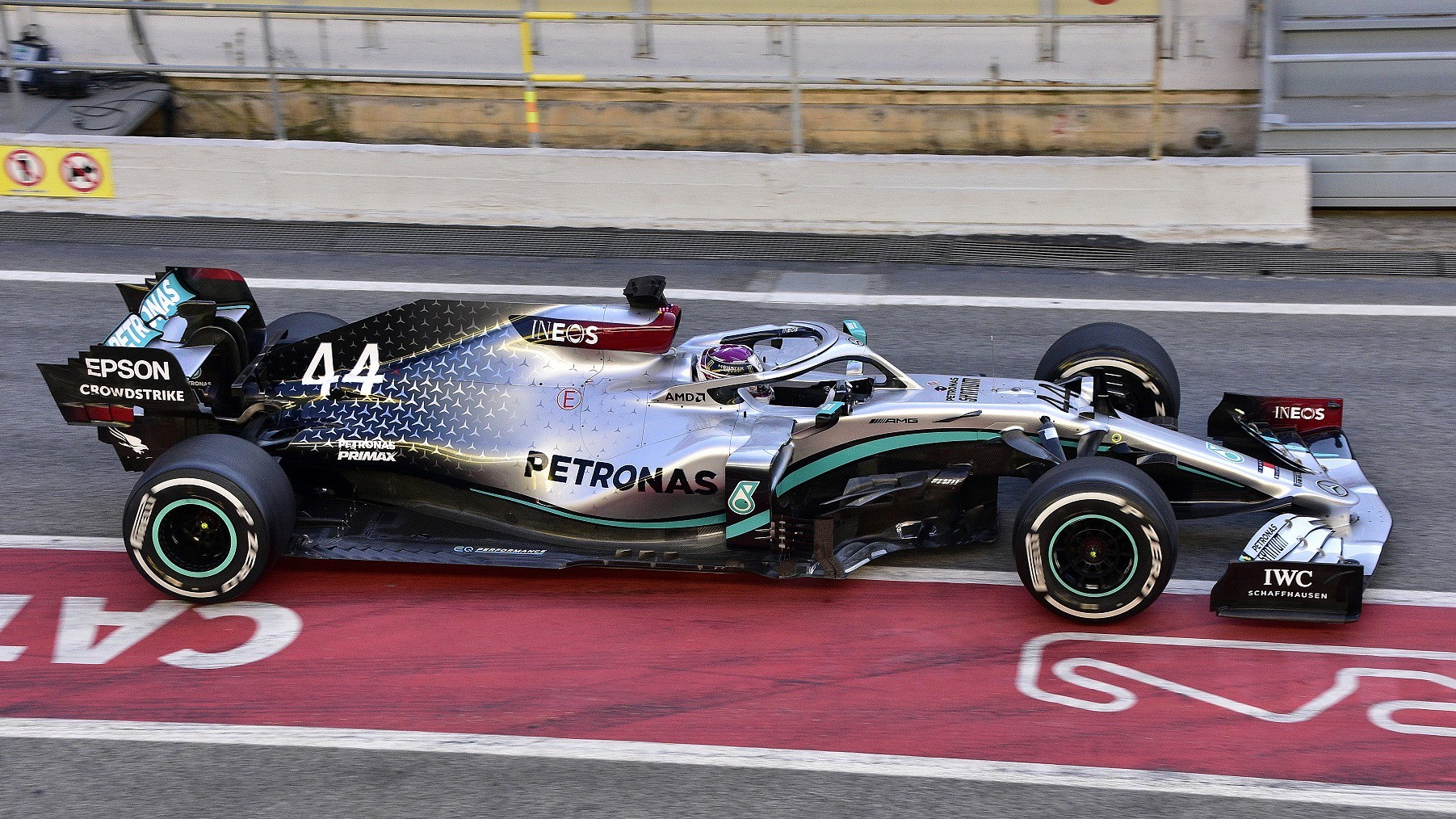- At this weekend’s Formula 1 Abu Dhabi Grand Prix, the FIA will be testing out Computer Vision to assist analysts at its Remote Operations Centre.
- The use of AI comes amidst the ever-increasing frequency of drivers breaking track limits during races.
- AI would assist in helping the FIA focus on decisions that need human intervention while AI deals with more obvious infringements.
This year has been the year of artificial intelligence thanks to the popularity of ChatGPT, the launch of Bard and the many efficiencies large language models make possible for businesses.
These AI models can help businesses spot trends in data more easily, organise data and even converse with customers. The Fédération Internationale de l’Automobile (FIA) this week outlined how it intends to incorporate AI into Formula 1.
During this year’s Austrian Grand Prix, there were some 1 200 potential transgressions of track limits. Humans monitor these infringements and the FIA revealed this week that only four people were on hand to monitor the passage of 20 vehicles through the Red Bull Ring.
A track limits infringement occurs when a car has all four wheels over the line indicating track limits. The stipulation of “all four wheels” is important as if only three wheels are over the line, it’s not an infringement.
Track limits also became a conversation point again during the Qatar Grand Prix after changes were made to the track at the last minute owing to excessive tire degradation. Here eight people monitored track limits but this time improvements had been made to the monitoring software. As a result only 141 reports were sent to Race Control for review.
“At the moment we’ve ‘brute forced’ the situation by saying ‘we need to make thousands of checks, how do we do that’? Well, we throw people at it, because that’s the most accurate solution. What we’re looking to do now is introduce a level above ROC [Remote Operations Centre], and that’s AI software,” deputy race director Tim Malyon said in an interview.
“Again, it might sound strange but the methodology with this AI has a lot of parallels with discussions going on in medicine at the moment and the use of Computer Vision, for example, to scan data from cancer screening. What they’ve concluded is they don’t want to use the Computer Vision to diagnose cancer, what they want to do is to use it to throw out the 80% of cases where there clearly is no cancer in order to give the well trained people more time to look at the 20%. And that’s what we are targeting,” Malyon explains.
Essentially the FIA wants to take the strain of having to review thousands of potential infringements off of its analysts and instead focus on the cases where a wheel may be an inch from the line.
Single Seater Head of Information Systems Strategy Chris Bentley says that the FIA will be running Computer Vision at this weekend’s final Grand Prix of the 2023 season at the Yas Marina Circuit in Abu Dhabi.
“The parent company of SBG, the company that supplies the RaceWatch platform to the FIA, is called Catapult and they are the people that put the vests with tiny receivers on professional sportsmen and women, in NFL, football etc. There are examples in NFL where they can identify every player on the pitch, even if they’re in a big huddle. We can also use that technology on our live feeds. That will be the same as the new tool, and then we will be able to draw the ‘lines of interest’. And then the AI would learn as it goes along,” said Bentley.
With AI monitoring the race as well as humans, we wonder how this will impact the frequency of penalties borne from breaking track limits and more. We doubt that AI will be tasked with determining which car was winning a corner, but if the tech gets good enough, maybe it will.

